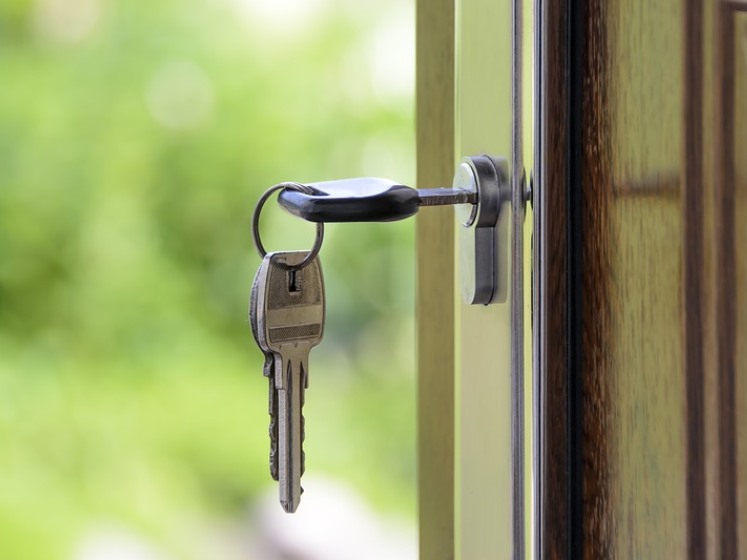Brendan Burgess
Founder
- Messages
- 55,242
The London School of Economics did a report on this topic recently.

 www.lse.ac.uk
www.lse.ac.uk
I am working my way through it now.
If you thought Irish banks were reckless lenders, how about this one
Box 1: The special case of the Together account
Barriers to remortgaging appear to be particularly high for borrowers with Northern Rock’s Together
mortgage. With this product customers could borrow up to 95% of the value of their home on a
secured basis, plus take out a fixed-sum unsecured loan of up to 30% of the value of the property,
capped at £30,000. The secured and unsecured loans bore the same interest rate and tended to be
for the same term (25 to 35 years). In the terms and conditions of the loan and for accounting and
securitisation purposes the two elements are treated separately, but they are contractually linked
and if the borrower cuts the link – say by switching the secured element to another lender – it could
trigger a sharp rise in interest on the unsecured element.
This increase (to up to 8% above the SVR that borrowers pay on the secured element) could erode
any savings from switching the secured lending to a lower rate, and in some cases could actually
result in higher costs overall. Together loans made up a significant proportion of UKAR holdings, in
2010 accounting for 35% of UKAR’s outstanding mortgage balances by value. All have now been
sold, but the links between the secured and unsecured loans remain, which poses a significant
barrier to borrowers looking to remortgage to a lower rate. Furthermore, of the Together loans for
which we have data, over 16% of balances in the unsecured element of the loan are in serious
arrears. This will impede borrower switching even if the borrower us up to date on the secured
element.
And, despite the fact that "16% of these loans are in serious arrears", the LSE proposes :
2. Interest-free equity loans to clear the unsecured element of Together loans. This former Northern Rock product, taken out by many mortgage prisoners, was made up of a mortgage of up to 95 per cent loan-to-value (LTV) and a linked unsecured loan of up to 30 per cent of the value of the property, capped at £30,000. The interest rate on the unsecured element goes up dramatically if the secured element is remortgaged with a new lender – making this a particularly toxic product.
The LSE London report says the secured and unsecured parts of Together loans could be uncoupled by clearing the unsecured element through a second-charge loan provided by the government – removing some barriers to remortgaging, which could free some mortgage prisoners with these loans. This would be interest-free for the first five years, with no requirement for regular repayments, and then would bear interest at normal market rates.

Costed solutions to potentially free 200,000 mortgage prisoners proposed in LSE London report
The horror of being unable to escape unaffordable mortgages has had a devastating impact on many mortgage prisoners.
I am working my way through it now.
If you thought Irish banks were reckless lenders, how about this one
Box 1: The special case of the Together account
Barriers to remortgaging appear to be particularly high for borrowers with Northern Rock’s Together
mortgage. With this product customers could borrow up to 95% of the value of their home on a
secured basis, plus take out a fixed-sum unsecured loan of up to 30% of the value of the property,
capped at £30,000. The secured and unsecured loans bore the same interest rate and tended to be
for the same term (25 to 35 years). In the terms and conditions of the loan and for accounting and
securitisation purposes the two elements are treated separately, but they are contractually linked
and if the borrower cuts the link – say by switching the secured element to another lender – it could
trigger a sharp rise in interest on the unsecured element.
This increase (to up to 8% above the SVR that borrowers pay on the secured element) could erode
any savings from switching the secured lending to a lower rate, and in some cases could actually
result in higher costs overall. Together loans made up a significant proportion of UKAR holdings, in
2010 accounting for 35% of UKAR’s outstanding mortgage balances by value. All have now been
sold, but the links between the secured and unsecured loans remain, which poses a significant
barrier to borrowers looking to remortgage to a lower rate. Furthermore, of the Together loans for
which we have data, over 16% of balances in the unsecured element of the loan are in serious
arrears. This will impede borrower switching even if the borrower us up to date on the secured
element.
And, despite the fact that "16% of these loans are in serious arrears", the LSE proposes :
2. Interest-free equity loans to clear the unsecured element of Together loans. This former Northern Rock product, taken out by many mortgage prisoners, was made up of a mortgage of up to 95 per cent loan-to-value (LTV) and a linked unsecured loan of up to 30 per cent of the value of the property, capped at £30,000. The interest rate on the unsecured element goes up dramatically if the secured element is remortgaged with a new lender – making this a particularly toxic product.
The LSE London report says the secured and unsecured parts of Together loans could be uncoupled by clearing the unsecured element through a second-charge loan provided by the government – removing some barriers to remortgaging, which could free some mortgage prisoners with these loans. This would be interest-free for the first five years, with no requirement for regular repayments, and then would bear interest at normal market rates.
Last edited:
